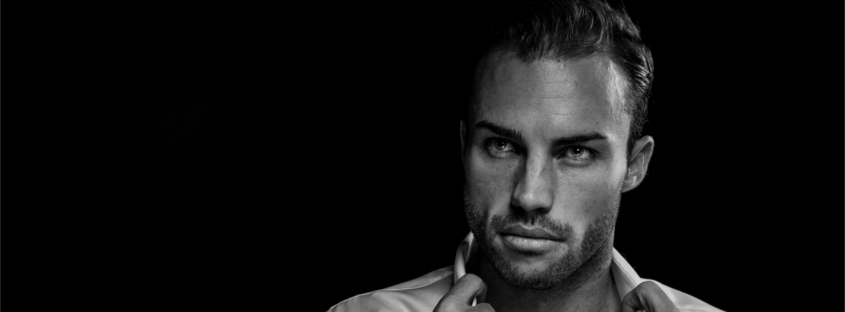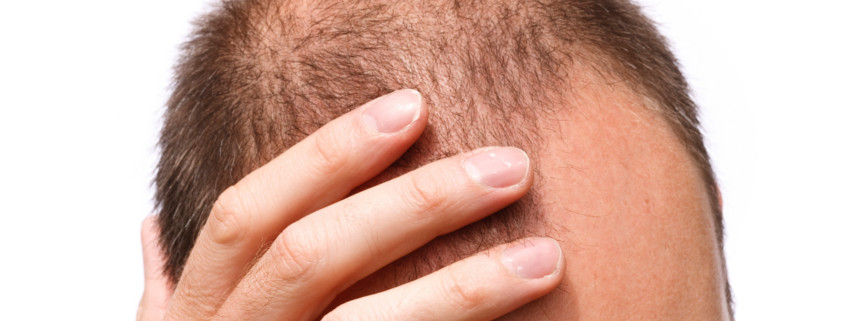Hair Loss Medication
Nowadays, medicine has achieved some remarkable successes in treating hair loss. With the advances in the field of surgery, one can hope to replace the lost hair with natural substitutes. Medications have also made some progresses in controlling hair loss. Today, the myths such as “snake oils” are no longer cared about, instead, some effective medications are utilized for the purpose of hair loss treatment. The following medications have been proven to work in hair loss cases:
- Finasteride (Proscar, Propecia): In 1997, the FDA approved finasteride for the treatment of MBP (male pattern baldness) in men. It is not indicated for women particularly during pregnancy. The approved dosage is 1mg. Finasteride is the first efficient drug in the treatment of MBP. The drug inhibits the enzyme that alters testosterone into dihydrotestosterone (DHT). It is DHT that weakens the hair follicles. Finasteride reduces DHT levels by 60% resulting in a hindrance to hair loss. Finasteride may grow and thicken hair to some extent, but its main use is to keep the existing hair. The drug must be used for 6 to 12 months. There may be rare side effects such as impotence.
- Minoxidil (Loniten, Rogaine): Minoxidil was used to treat high blood pressure for many years. Some researchers noticed that when they used this drug directly on the scalp, there was hair growth in the area. However, since this drug has no effect on the hormones of the body, its effects are considered temporary. Despite all these, minoxidil is recognized as an efficient way of hair loss treatment in some cases. The Hair regrowth can take up to 6 months to initiate. The drug is available as solutions (2%, 4%, 5%), and a new foam preparation. The problem with minoxidil is the tiring daily application of the drug. Allergic contact dermatitis, unwanted hair in other parts of the body, and mild scalp irritation are the most frequent side effects.
- Dutasteride (avodat): This is a triple 5α-reductase inhibitor. Similar to finasteride, it also prevents the conversion of testosterone to DHT. There are some adverse sexual effects such as impotence. According to FDA, the drug could mask the early detection of prostate cancer.


